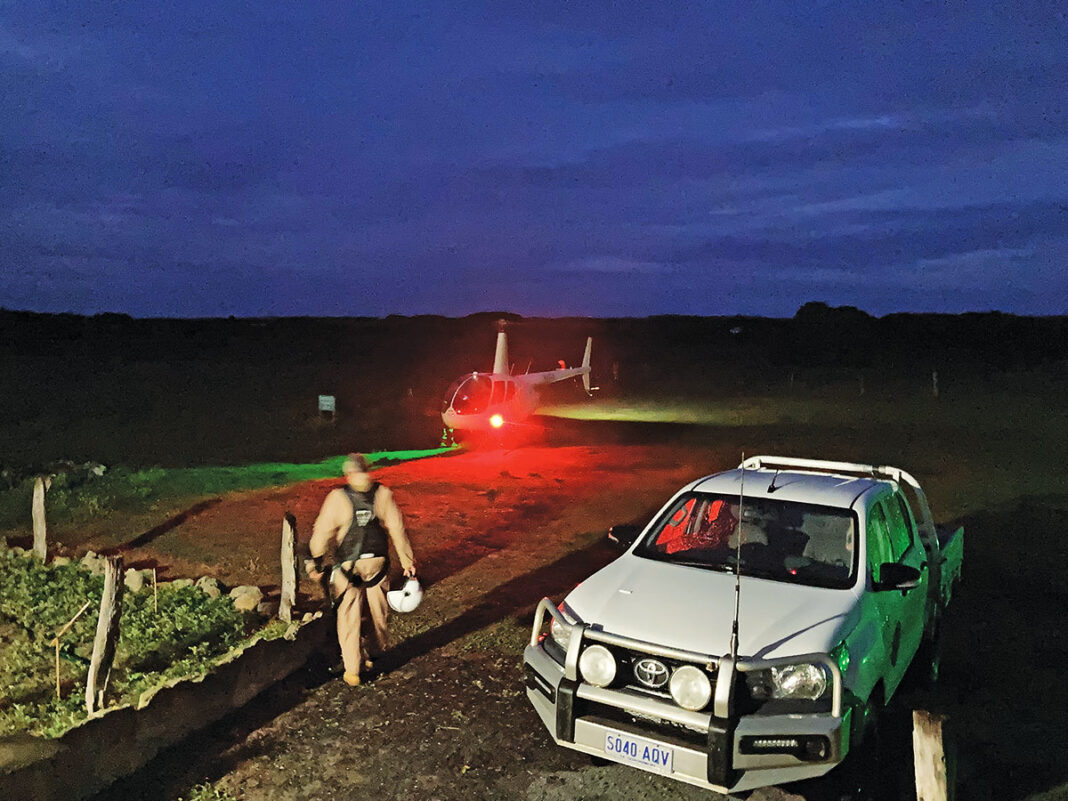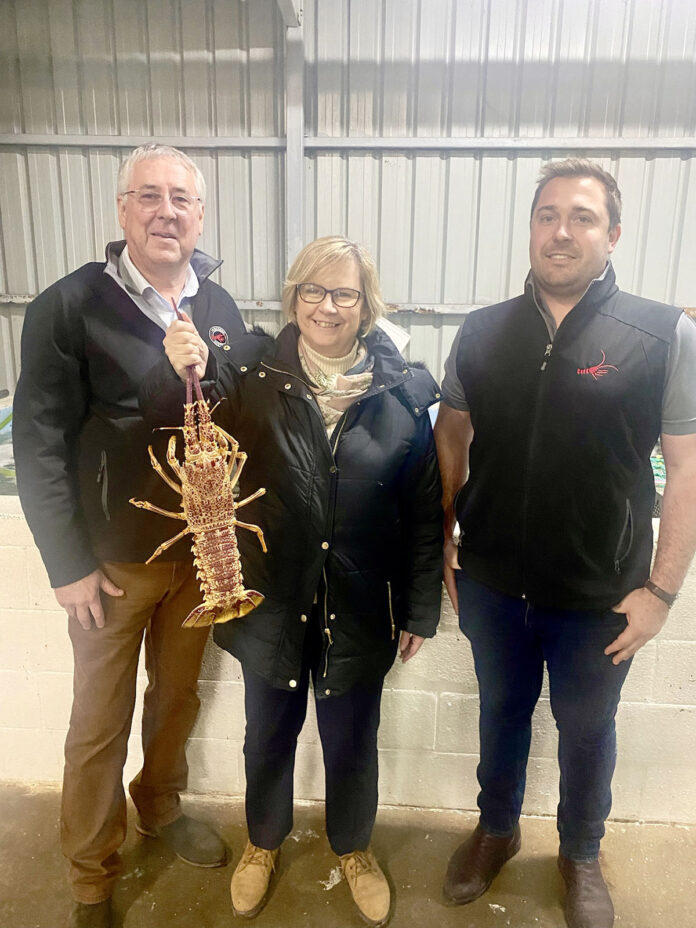The latest autumn shooting program removed over 1160 feral deer from the Limestone Coast landscape as part of a coordinated effort to reduce the pest’s impact on the region’s agriculture, native habitats and public safety.
The culling operation was conducted in April and May across 51 private properties, seven Forestry SA reserves and 24 Department for Environment and Water reserves throughout the Limestone Coast.
The April aerial shooting operation is one of three planned for 2022 by the Limestone Coast Landscape Board.
Limestone Coast Landscape Board Landscape Operations Manager Mike Stevens said the board was committed to supporting landholders to eradicate feral deer with the autumn control operation conducted over 140,000ha.
“By working together we can implement intensive feral deer control at the largest possible scale and make a real difference to achieving eradication and protect our region from the impacts of feral deer,” Mr Stevens said.
“We have over 80 landholders participating in our feral deer aerial and ground shooting control programs, demonstrating the commitment of the community to eradicate feral deer and protect agricultural productivity and biodiversity across the Limestone Coast region.
“Feral deer compete with livestock for pasture, damage infrastructure such as fences and have the potential to spread disease.
“Not only do feral deer impact the agricultural bottom line and environment, they also attract illegal hunting and create public safety hazards on our roads.
“Just one red stag can reduce a farms grazing capacity by 3.6 sheep, the recent autumn feral deer operation removed 1166 feral deer from the landscape, which is equivalent to removing 50,000 rabbits or running an extra 4190 sheep.”
The Limestone Coast Landscape Board uses a variety of control tools to achieve eradication such as aerial shooting, professional ground shooting contractors, commercial harvesting and supporting partnerships to trial new approaches such as deer traps and thermal-assisted ground and aerial shooting techniques.
The latest feral deer control operation adopted a “hybrid thermal” approach, where marksmen utilised thermal devices to spot feral deer in thick vegetation.
The flexibility of this new approach enabled larger areas to be covered than in previous operations.
Each program takes into account local terrain and individual landholder circumstances to ensure high standards of effectiveness are achieved.
“To eradicate feral deer across the region, the Limestone Coast Landscape Board has commenced a monitoring program to find areas where feral deer harbour and is seeking more properties to be involved in the control programs,” Mr Stevens said.




